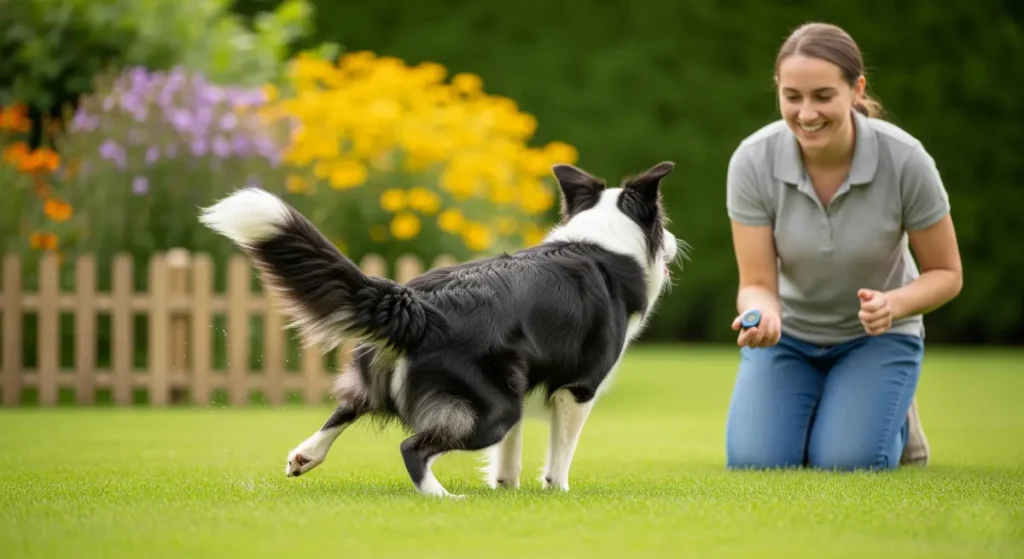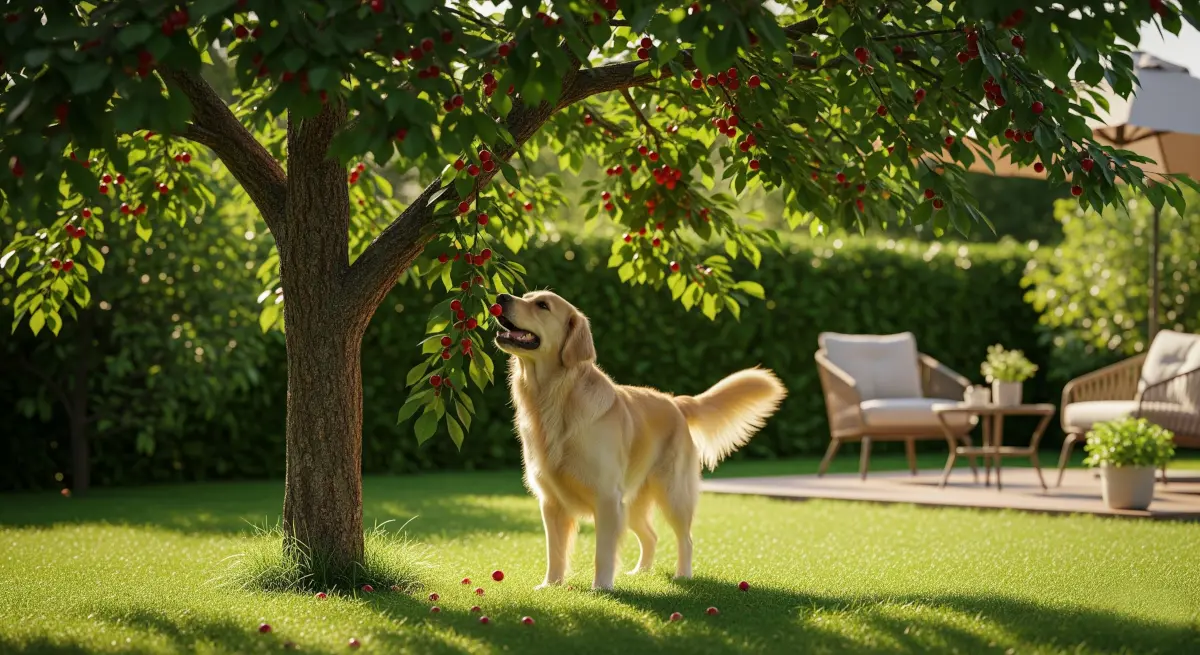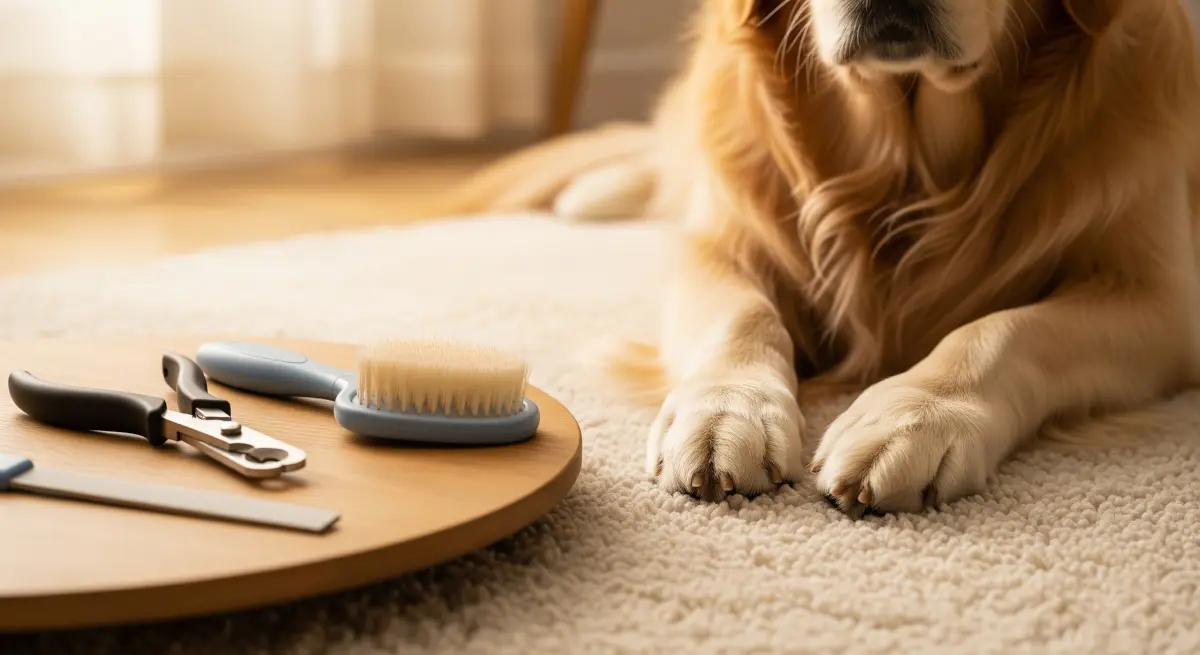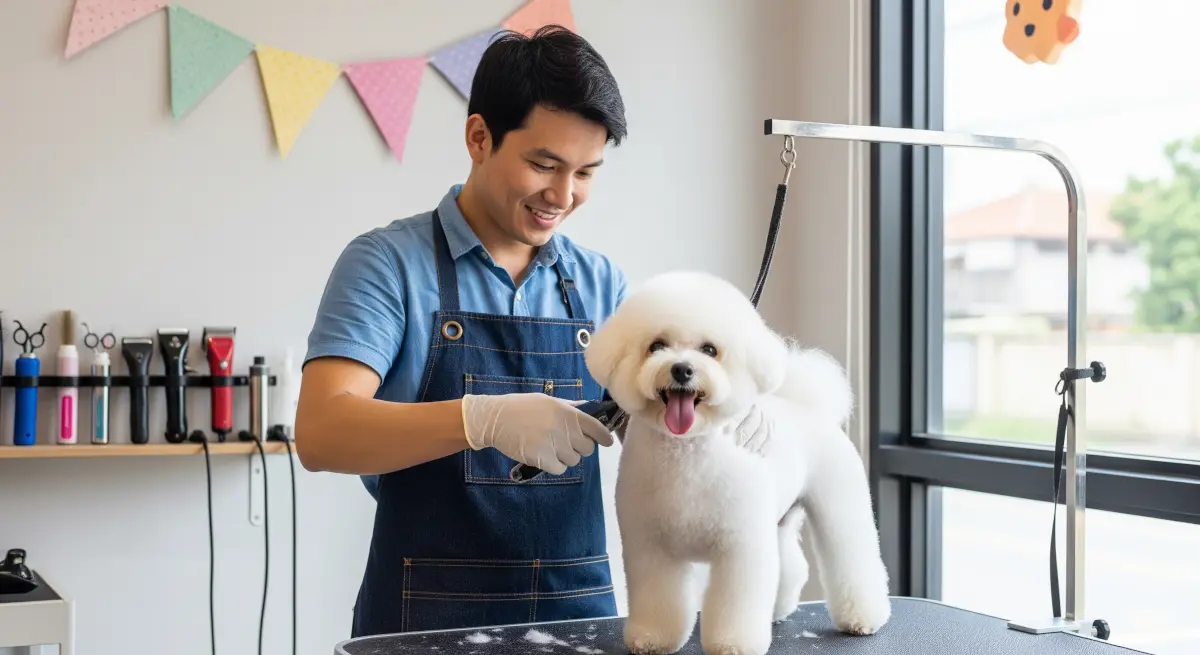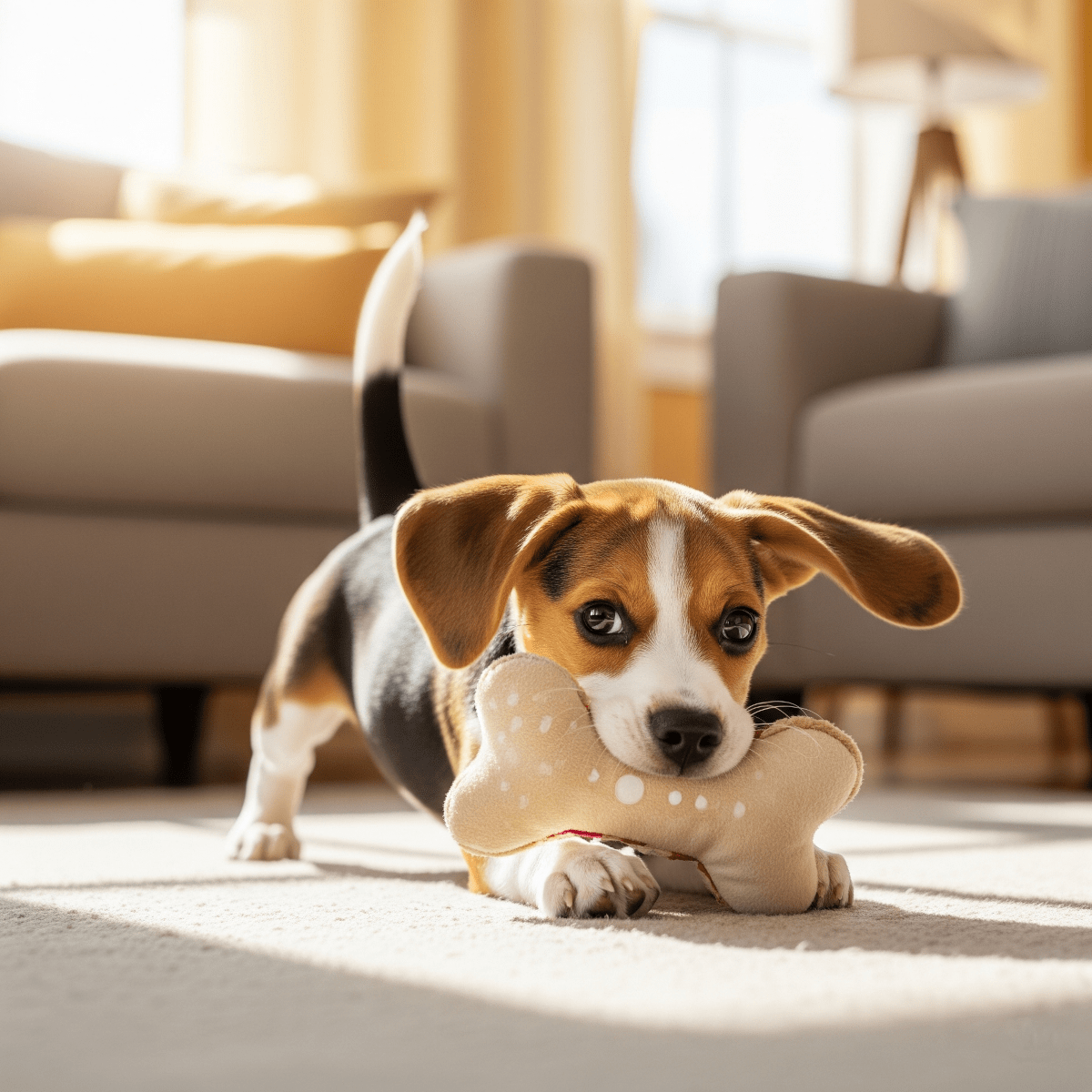House training your dog to pee outside is one of the most crucial skills every pet owner needs to master. Whether you’re dealing with a stubborn puppy or an adult dog who’s been using pads indoors, the right approach can transform your pet’s bathroom habits within weeks. This comprehensive guide will equip you with proven techniques, expert tips, and troubleshooting strategies to help your furry friend become a reliable outdoor potty champion.
Table of Contents
- Understanding the Basics
- Clicker Training Method
- Bell Training Technique
- Training Puppies Effectively
- Adult Dog Training Strategies
- Managing Accidents
- Frequently Asked Questions
Understanding the Basics of Outdoor Potty Training
Before diving into specific techniques, it’s essential to understand that successful outdoor potty training relies on consistency, patience, and positive reinforcement. The process involves teaching dog obedience fundamentals while establishing clear routines that signal appropriate bathroom behavior.
Dogs naturally prefer to eliminate away from their living spaces, making outdoor training align with their instincts. However, indoor accidents during the learning process are completely normal and shouldn’t discourage you from continuing the training journey.
Clicker Training Method: Precision Timing for Success
Clicker training offers remarkable precision when teaching your dog to urinate outside. This method uses a small device that makes a distinct clicking sound to mark exactly when your dog performs the desired behavior.
Step-by-Step Clicker Training Process
Phase 1: Clicker Introduction
Start by associating the clicker sound with positive rewards. Click the device and immediately offer a high-value treat. Repeat this process 10-15 times until your dog shows excitement when hearing the click.
Phase 2: Outdoor Application
Take your dog outside and wait patiently. The moment they finish urinating, click and immediately reward with treats and enthusiastic praise. This precise timing helps your dog understand exactly what behavior earned the reward.
Phase 3: Command Integration
Add a verbal cue like “go potty” or “outside” before your dog begins eliminating. Eventually, this command will trigger the desired behavior on request.
Phase 4: Clicker Fade-Out
Gradually reduce clicker usage while maintaining verbal praise and occasional treats to ensure the behavior remains consistent.
Bell Training Technique: Teaching Communication
Bell training teaches your dog to actively communicate their need to go outside, making it easier to prevent accidents and maintain consistent routines.
Bell Training Implementation
Hang a bell at nose height on the door you use for potty breaks. Each time you take your dog outside, ring the bell while saying “outside” or your chosen command word. After several repetitions, gently guide your dog’s paw to touch the bell before opening the door.
Reward any interaction with the bell, even accidental contact. Most dogs learn to ring the bell independently within 2-3 weeks of consistent practice.
Training Puppies: Special Considerations
Puppies require more frequent potty breaks and have less bladder control than adult dogs. Understanding how to train a puppy to poop outside follows similar principles but with adjusted expectations.
Puppy Training Schedule
Take your puppy outside every hour during active periods, plus immediately after meals, naps, and play sessions. Young puppies typically need to eliminate 5-8 times daily.
Always use a leash, even in fenced yards, to keep your puppy focused on the task rather than getting distracted by interesting smells or sights. Designate a specific potty area where previous visits have left familiar scents.
Nighttime Training Tips
For nighttime potty breaks, keep interactions calm and minimal. Use quiet praise or small treats to avoid overstimulating your puppy when they should be returning to sleep.
Adult Dog Training Strategies
Adult dogs who’ve been using indoor pads or have developed indoor elimination habits need patience and consistency to transition to outdoor-only bathroom breaks.
Transitioning from Pads to Outdoor
If your dog is accustomed to using pads, gradually move the pad closer to the door over several days. Eventually, place the pad just outside the door, then eliminate it entirely once your dog consistently goes to that outdoor location.
Learning how to get a dog to poop outside when they’re used to indoor elimination requires establishing new positive associations with outdoor spaces.
Managing Accidents Effectively
Accidents are inevitable during the training process. Never punish your dog for indoor accidents, as this can create anxiety and actually slow progress.
Proper Accident Response
Clean accidents thoroughly with enzymatic cleaners designed for pet messes. Regular household cleaners may mask odors from human noses but leave scent markers that encourage repeat elimination in the same spot.
Instead of punishment, increase supervision and adjust your potty schedule to provide more frequent outdoor opportunities.
Frequently Asked Questions
How long does it take to train a dog to pee outside?
Most dogs learn basic outdoor elimination within 2-4 weeks of consistent training. However, complete reliability, especially for puppies, can take 3-6 months. Adult dogs transitioning from indoor habits may need 4-8 weeks depending on their previous training and age.
What if my dog refuses to pee outside in bad weather?
Gradually acclimate your dog to different weather conditions by starting with brief outdoor sessions during mild weather changes. Provide covered areas when possible, and consider protective gear like dog raincoats for particularly sensitive pets.
How often should I take my dog outside for potty breaks?
Adult dogs typically need 4-6 potty breaks daily, while puppies require hourly trips during active periods. Adjust frequency based on your dog’s age, size, and individual needs.
Can older dogs learn to pee outside if they’ve always used pads?
Yes, older dogs can definitely learn new bathroom habits. While the process may take longer than training a young dog, consistent application of positive reinforcement techniques will yield successful results.
Your Path to Outdoor Potty Success
Training your dog to pee outside successfully combines patience, consistency, and the right techniques tailored to your pet’s needs. Whether you choose clicker training for precision timing or bell training for clear communication, remember that every dog learns at their own pace. Celebrate small victories, maintain realistic expectations, and stay committed to the process. With dedication and the strategies outlined in this guide, you’ll soon enjoy the freedom and cleanliness that comes with a fully house-trained companion. Share your success stories with fellow pet owners and help build a community of confident, well-trained dogs!

